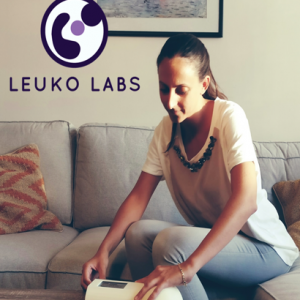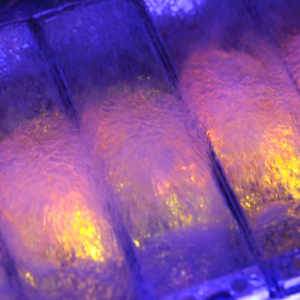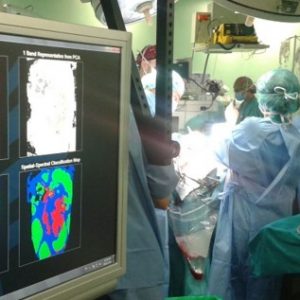Brief description of the solution and the added value it delivers
A research team from the Universidad Politécnica de Madrid’s (UPM) School of Telecommunications Engineering has developed an advanced sensor for dynamic thermal management in electronic circuits. Such thermal monitoring is vital for the performance of integrated circuits (chips) and by extension, for the functioning of any type of electronic component or device. The demand for reliability and improved performance in microprocessors applied to computing is growing, with the focus on multiprocessor architectures for computers, graphics processing or advanced mobile devices. The results obtained using this solution show an improvement in power consumption and a reduction in size (key factors in microelectronics) of up to 85% compared to previous solutions.
Description of the technological basis
The solution offers an advanced, ultra-compact and low-energy sensor, specifically designed for dynamic thermal management and the optimum distribution of possible ‘hot spots’ on microchips.
It stands out for its robust design against on-chip self-heating effects, its full compatibility with CMOS manufacturing technology and how simple it is to incorporate the sensors into very large scale integration (VLSI) circuits.
An associated interface that integrates with the sensor and digitalises the temperature measurements has also been developed. This implies a significant cost saving compared to previous sensors that incorporate such analogue-to-digital conversion in their design.
Business needs / application
-
Optimum design and production of integrated circuits (chips): a key factor in the performance evolution of advanced devices, from mobiles to server systems.
-
Growing chip integration density, which implies an increase in the temperature densities of integrated circuits (on-chip ‘hot spots’).
-
Temperature management and monitoring are critical factors in chip design and, by extension, in the design of many applications: risk of degradation of the performance or reliability.
-
Companies designing and producing chips are faced with new challenges in the search for thermally efficient systems that can cope with increasing device performance.
-
‘Traditional’ cooling solutions that affect the chip as a whole cause unnecessary overcooling, increasing the cost and size of the solution.
-
Chips that include power and temperature management capabilities in their design are a focus of interest for the industry: greater capacities, high efficiency and reduced size.
-
The growing demand for longer battery life in mobile devices and the rapid adoption of such devices (16% annual growth in the use of smartphones; 500 million units forecast in 2014) require a circuit design with better power performance and efficient thermal management.
‘The dynamic and efficient control of on-chip temperature is a key factor in supporting the improving performance and reliability features of consumer electronic devices (e.g. smartphones)’
Competitive advantages
-
Application of dynamic thermal management (DTM) techniques: energy-efficient solutions.
-
Eighty-five per cent reduction in power consumption compared to earlier results (1.05-65.5 nW with conversion rates of five samples per second).
-
Eighty-five per cent reduction in the size required for the solution compared to earlier results (ultra-small size: 10,250 nm2).
-
Interface developed to digitalise the temperature measurements; it is associated with the sensor, which means a lower cost than earlier solutions involving analogue-to-digital conversion.
-
Total compatibility with CMOS technology, which is generally used in the design of microprocessors, memories and signal processors.
-
Ease of implementation: it can be included in any standard cell library for the design of integrated circuits.
-
Flexibility to define the design interface according to implementation requirements.
References
-
Extensive experience in research and working with chip developers.
-
Research interest in this technology solution globally, through references to publications.
-
Orientation towards innovation on the part of the team promoting the solution: creation of a university spin-off and involvement in three patents.
Protection
Patent granted in Spain: ES2291143.
Stage of development
- Concept
- Research
-
Lab prototype
- Industrial prototype
- Production
Contact
Temperature sensor contact
Pablo Ituero Herrero, Marisa López Vallejo
e: {pituero, marisa}@die.upm.es
UPM contact
Innovation and Entrepreneurship Programmes
Technological Innovation Support Centre (CAIT) – UPM
e:














